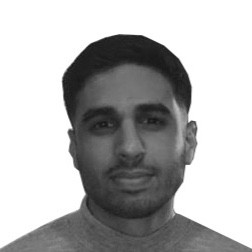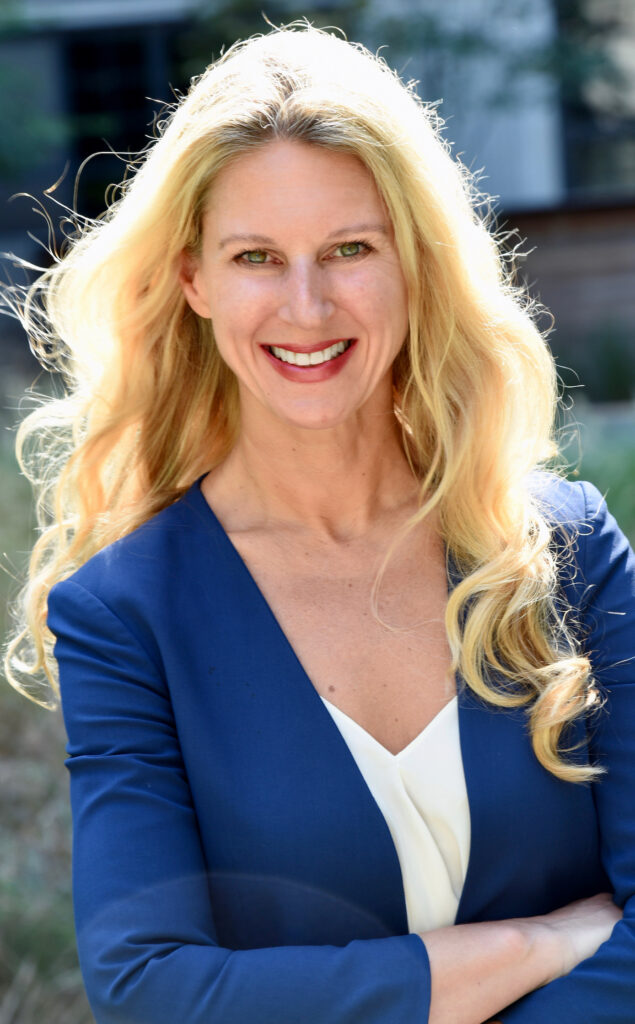Follow Dr. Romiti from the University of Texas as Dallas on LinkedIn or learn more about the groundbreaking research conducted by Dr. Romiti and his team here. A link to the specific paper referenced in our earlier news report and this interview can be found here.
In a pioneering study, Dr. Romiti and his team have made significant strides in the enantioselective synthesis of biologically active “mirror molecules,” opening new avenues for drug discovery and development. As part of our in-depth exploration of this topic, which we previously covered in a news feature, we spoke with Dr. Romiti to gain a deeper understanding of his research and its potential impact on the pharmaceutical industry.
The following interview is presented unedited to maintain Dr. Romiti’s original responses and provide readers with a comprehensive and direct insight into his research on mirror molecule synthesis. This format allows for a clearer understanding of the complexity and significance of his work in advancing innovative drug synthesis methods.
Acknowledgement From Dr. Filippo Romiti:
Additional funds were provided by the European Union’s Horizon 2020 research and innovation program (under grant agreement no. 1010554524 to A.H.H.). S.N. was partially supported as a LaMattina Graduate Fellow in Organic Synthesis. F.R. is a Cancer Prevention and Research Institute of Texas (CPRIT) Scholar in Cancer Research (RR220016 to F.R.). We thank the National Institutes of Health and National Science Foundation for providing support to the NMR facilities at Boston College (HEI-S10 and CHE-2117246, respectively). X-ray crystallographic studies were performed at Boston College and supported by a grant from the National Institutes of Health (S10OD030360). Computational studies were performed at the Center for Research Computing at the University of Pittsburgh, Bridges-2 supercomputer at the
San Diego Supercomputer Center through allocation TG-CHE140139 from the Advanced Cyberinfrastructure Ecosystem: Services & Support (ACCESS) program, funded by the National Science Foundation. The screening facilities at High-Throughput Screening Core at the University of Texas (UT) Southwestern Medical Center are supported by Shared Instrumentation Grant for the Echo655
(1S10OD026758-01 to B. Posner) and the SCCC NCI Cancer Center Support Grant (2P30CA142543-11 to C. L. Arteaga). We are grateful to J. Minna from UT Southwestern and the Hamon Center for Therapeutic Oncology Research for providing the NSCLC and breast cell lines used in these studies. We thank P. H. S. Paioti, M. Formica, and X. Li for helpful discussions and suggestions. Author contributions: A.H.H. and F.R. designed the investigations, which were directed by A.H.H. S.N., C.H., T.N.H., and Y.Z. performed the methodological investigations. C.Q. and S.N. carried out the studies involving olefin metathesis reactions with Mo complexes. S.N., C.H., T.N.H., and K.Z.T. performed the formal syntheses of various PPAPs as well as the total synthesis of nemorosonol; S.N. prepared the nemorosonol analogs and designed and experimentally demonstrated the conversion of nemorosonol to garcibracteatone. Computational studies were designed and performed by P.L. and B.K.M. The manuscript was composed by A.H.H., with revisions provided by
the other authors. Competing interests: The authors declare that they have no competing financial interests.
What motivated your team to focus on mirror molecule synthesis, and how does this innovation contribute to drug discovery and development?
Our group focuses on the enantioselective synthesis of biologically active natural products, the “mirror molecules” you are referring to, and this is also an expertise of the research group of Professor Hoveyda at Boston College. Our goal is developing new chemical methods and novel synthesis logics that allow or facilitate the preparation of these molecules and that hopefully will be used by pharmaceutical companies in the next 50 to 100 years to make medicinally relevant drugs. As an academic, I enjoy the challenge of finding novel, creative and practical solutions for the preparation of chemically complex molecules with the ultimate aim of advancing science.
Can you explain the significance of chirality in pharmaceuticals and how mirror molecules differ from traditional drug compounds in terms of efficacy and safety?
We are chiral entities. The enzymes, proteins, receptors, DNA or RNA targeted by pharmaceuticals are chiral and they exist in one of the two mirror images. Therefore, enantioenriched compounds (chiral moleculs that correspond to only one of the two mirror images) are most likely more potent and more selective than achiral or racemic (one to one mixture of the two mirror images) molecules, resulting not only in a superior pharmacological activity, but also in a decrease of the side effects. Many of the pharmaceutical drugs that are on the market are achiral or racemic compounds, because those are what we excel at preparing. In drug discovery, we are only as good as the compounds we can make. That is why we are developing new ways to synthesize mirror molecules in a single enantiomeric form.
What are the key breakthroughs in mirror molecule synthesis your team has achieved, and how do they overcome previous limitations in the field?
In collaboration with the group of Professor Hoveyda, we have developed a new chemical transformation: the catalytic enantioselective conjugate addition of prenyl group — molecules made of five carbon atoms — to enones. This made possible to prepare polycyclic polyprenylated acylphloroglucinols (PPAPs) efficiently and in high enantiomeric purity (only one of the two mirror molecules was prepared selectively). PPAPs are a class of >400 natural products with a wide array of bioactivities, ranging from anticancer, anti-HIV, antiepileptic, and anti-inflammatory activity to antimicrobial, anti-Alzheimer’s, antidepressant, and anti-obesity activity. Thanks to our discovery, now we can prepare almost all these PPAPs, such as nemorosonol, in either enantiomeric form (either mirror image) so that biological activity of these compounds can be calibrated more easily and thoroughly facilitate future advances in drug development. Considering that Nature assembles molecules by condensing together prenyl units, the catalytic enantioselective prenyl conjugate addition we described in the Science paper is likely to enable the synthesis of a palette of biologically active natural products beyond the PPAPs family.
How does your synthesis process ensure precision in creating mirror molecules, and what challenges do you face in maintaining that accuracy on a larger scale?
The key is the aforementionedcatalytic enantioselective prenyl conjugate addition that install the first element of chirality with high selectivity, which is then maintained all throughout the synthesis. Pivotal to ensure precision and efficiency in large scale was the identification of an organo-borate compound as a superior reagent for transferring a prenyl moiety that allowed to modulate the reaction solution basicity avoiding decomposition and loss of stereochemical purity. Another key feature was the design of succinct and practical synthesis routes.
What potential medical applications could benefit most from this technology, and how do you envision it transforming drug development in the near future?
The new chemical transformation and the synthesis logics we outlined in the manuscript are likely to facilitate the preparation of a wide array of bioactive natural products and pharmaceutically relevant compounds that will serve as leads in drug development. This will be a new arrow in the quiver of synthetic and medicinal chemistry that will pave the way to the design of new synthesis routes that were simply not possible before.
How does your team collaborate with the pharmaceutical industry to translate these advances into practical drug formulations, and what is the timeline for potential commercialization?
At the moment, we do not have any ongoing collaboration with pharmaceutical companies. However, we hope to establish them soon and that this manuscript will serve to direct attention to the work by our group. I do not know what the timeline for potential commercialization, and I do not even know if PPAPs will in fact become commercial drugs. What I can tell you is that usually it takes around 15 years from the identification of a promising lead compound (for example the PPAPs we prepared) and its evolution into a commercial drug. Also, only a very small percentage of lead compounds become pharmaceutical drugs. This is not something we can do in an academic setting, and we would need pharmaceutical companies to “take over” and develop PPAPs into commercial drugs.
What are the next steps in your research, and how do you see mirror molecule synthesis evolving as part of future drug discovery innovations?
We will continue developing new chemical methods and devising out-ot-the-box synthesis logics toward the enantioselective synthesis of biologically active natural products and analogs thereof with the goal of identifying new drug leads and providing pharmaceuticals companies the synthesis tools they need to prepare medicinally relevant compounds.

Hassan graduated with a Master’s degree in Chemical Engineering from the University of Chester (UK). He currently works as a design engineering consultant for one of the largest engineering firms in the world along with being an associate member of the Institute of Chemical Engineers (IChemE).



